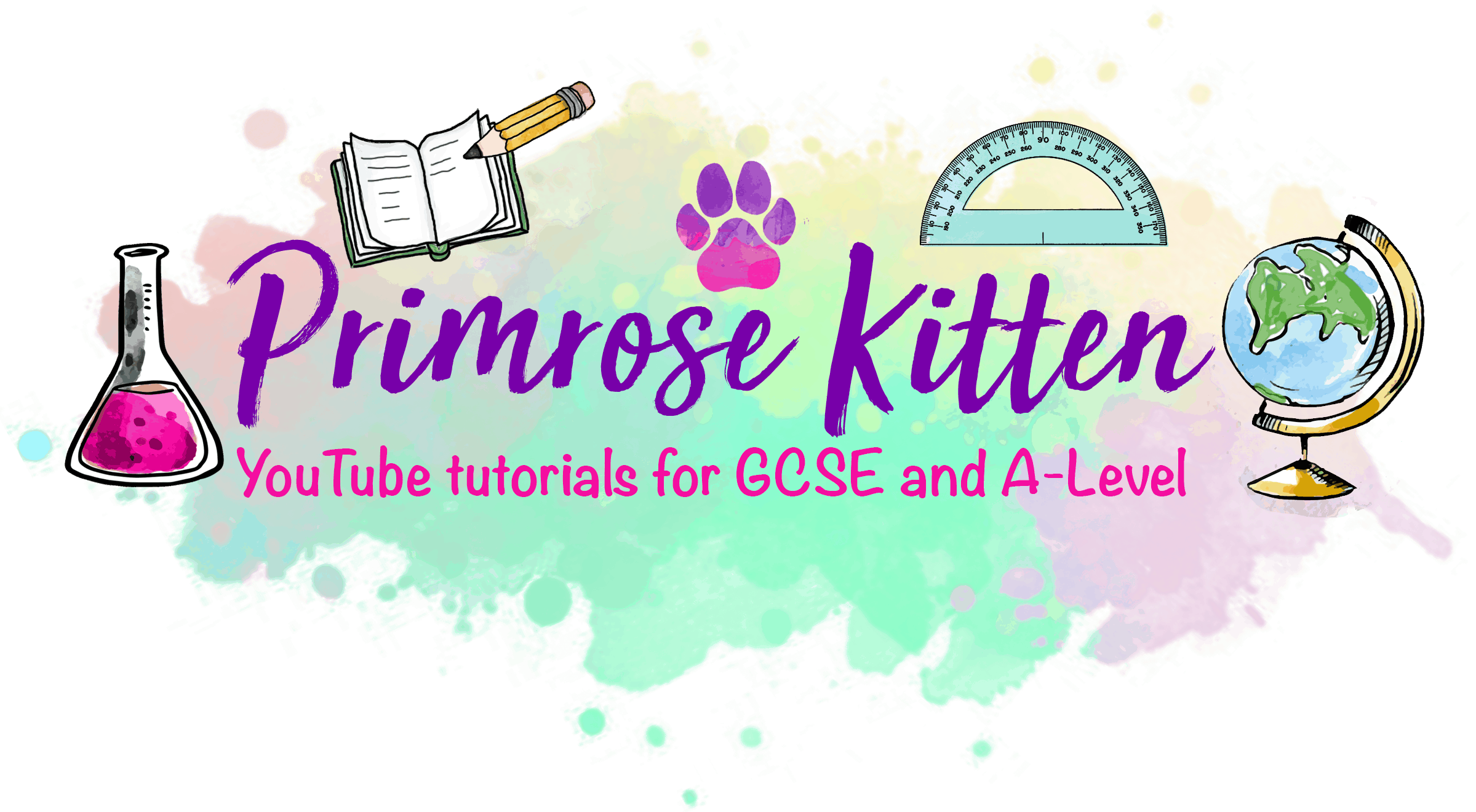Variable oxidation states of transition metals
Quiz Summary
0 of 26 Questions completed
Questions:
Information
You have already completed the quiz before. Hence you can not start it again.
Quiz is loading…
You must sign in or sign up to start the quiz.
You must first complete the following:
Results
Results
0 of 26 Questions answered correctly
Your time:
Time has elapsed
You have reached 0 of 0 point(s), (0)
Earned Point(s): 0 of 0, (0)
0 Essay(s) Pending (Possible Point(s): 0)
| Average score |
|
| Your score |
|
Categories
- Not categorized 0%
- 1
- 2
- 3
- 4
- 5
- 6
- 7
- 8
- 9
- 10
- 11
- 12
- 13
- 14
- 15
- 16
- 17
- 18
- 19
- 20
- 21
- 22
- 23
- 24
- 25
- 26
- Current
- Review
- Answered
- Correct
- Incorrect
-
Question 1 of 26
1. Question
What is the definition of oxidation?
CorrectIncorrect -
Question 2 of 26
2. Question
What is the definition of oxidation?
CorrectIncorrect -
Question 3 of 26
3. Question
What is the definition of reduction?
CorrectIncorrect -
Question 4 of 26
4. Question
What is the definition of reduction?
CorrectIncorrect -
Question 5 of 26
5. Question
Why are redox reactions used for transition metals?
CorrectIncorrect -
Question 6 of 26
6. Question
How are redox titrations titrated?
CorrectIncorrect -
Question 7 of 26
7. Question
Which of the following is an oxidising agent?
CorrectIncorrect -
Question 8 of 26
8. Question
What happens to Fe^{2+} when added to air?
CorrectIncorrect -
Question 9 of 26
9. Question
What oxidation state of iron, Fe^{2+} or Fe^{3+}, is more stable?
CorrectIncorrect -
Question 10 of 26
10. Question
What type of ion is MnO_4^-?
CorrectIncorrect -
Question 11 of 26
11. Question
Write the equation for the reduction of MnO_4^- ions.
CorrectIncorrect -
Question 12 of 26
12. Question
Write the equation for the oxidation of Fe^{2+}.
CorrectIncorrect -
Question 13 of 26
13. Question
Write the equation for the reaction between Fe^{2+} ions and MnO_4^- ions.
CorrectIncorrect -
Question 14 of 26
14. Question
What colour change occurs at the end point of the reaction between Fe^{2+} with MnO_4^-?
CorrectIncorrect -
Question 15 of 26
15. Question
How is the end point found for the reaction between Fe^{2+} ions with MnO_4^- ions?
CorrectIncorrect -
Question 16 of 26
16. Question
Write the equation for the reduction of Cr_2O_7^{2-} ions.
CorrectIncorrect -
Question 17 of 26
17. Question
Write the equation for the reaction between Fe^{2+} ions with Cr_2O_7^{2-} ions.
CorrectIncorrect -
Question 18 of 26
18. Question
Which indicator is used during the titration of potassium dichromate and Fe^{2+}?
CorrectIncorrect -
Question 19 of 26
19. Question
What colour is the end point within the titration of potassium dichromate and Fe^{2+} ions?
CorrectIncorrect -
Question 20 of 26
20. Question
Write the equation for the oxidation of I^- ions.
CorrectIncorrect -
Question 21 of 26
21. Question
Write the equation for the reduction of Cu^{2+} ions.
CorrectIncorrect -
Question 22 of 26
22. Question
Write the equation for the reaction between I^- ions and Cu^{2+} ions.
CorrectIncorrect -
Question 23 of 26
23. Question
What colour is the end point during the titration of I^- ions and Cu^{2+} ions?
CorrectIncorrect -
Question 24 of 26
24. Question
What colour precipitate is formed during the reaction between I^- ions and Cu^{2+} ions?
CorrectIncorrect -
Question 25 of 26
25. Question
Within the following reaction, which element is reduced? 16HCl(aq) + 5SnCl_2(aq) + 2KMnO_4(aq) -> 2MnCl_2(aq) + 5SnCl_4(aq) + 8H_2O(l) + 2KCl(aq)
CorrectIncorrect -
Question 26 of 26
26. Question
Within the following reaction, which element is oxidised? 16HCl(aq) + 5SnCl_2(aq) + 2KMnO_4(aq) -> 2MnCl_2(aq) + 5SnCl_4(aq) + 8H_2O(l) + 2KCl(aq)
CorrectIncorrect

